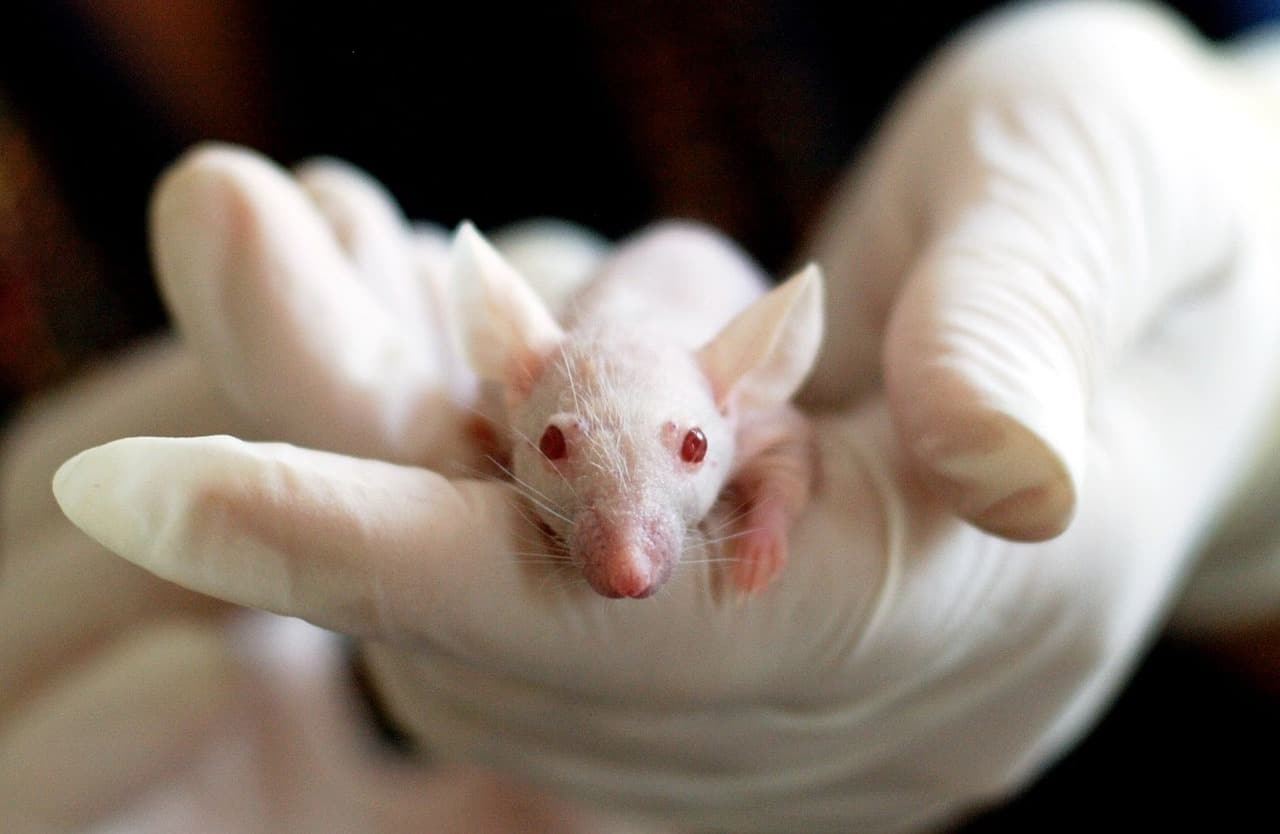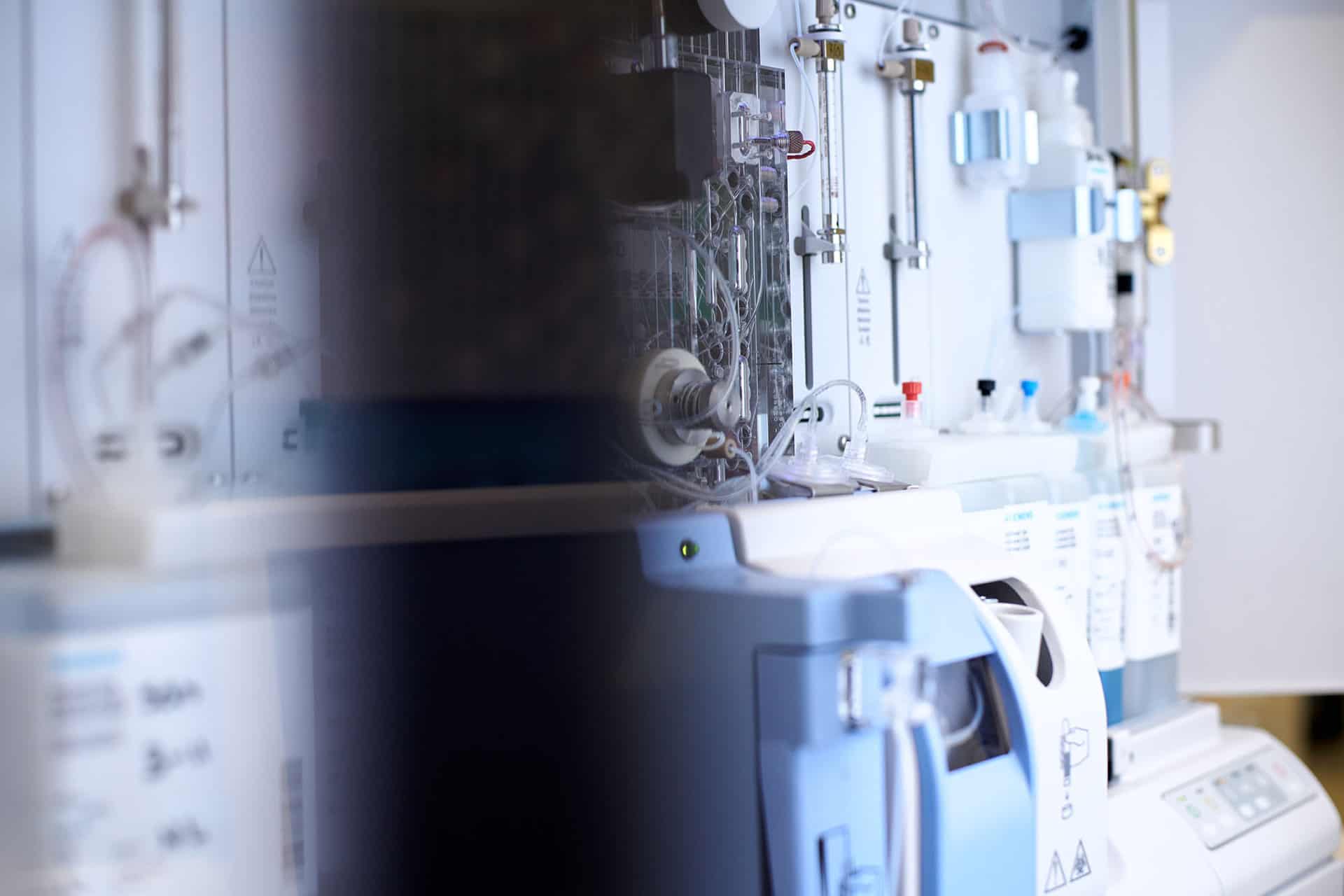Mice are one of the most commonly used laboratory animals in biomedical research due to their genetic, physiological, and behavioral similarities to humans. However, the conditions under which mice are housed can significantly impact their health and behavior, which in turn can affect the results of scientific studies. In this blog post, we will explore a mouse cage’s effects on laboratory mice’s health and behavior.
What is a Mouse Cage?
A mouse cage is a container or enclosure used to house laboratory mice. Mouse cages are available in different sizes, shapes, and materials. The most common types of mouse cages are wire cages, plastic cages, and shoebox cages. The choice of cage type depends on the needs of the research study, as well as the comfort and safety of the mice.
Importance of Mouse Cage in Mouse Research
The mouse cage is an essential element in mouse research because it provides a controlled environment for the animals. The cage serves as the primary living space for the mice, where they eat, drink, sleep, mate, and interact with their environment. The cage can also be modified to simulate specific conditions or stimuli, such as different lighting or sound levels, to test the effects of these factors on the mice.
Health Effects of Mouse Cage

Physical Health Effects
The physical health of laboratory mice can be affected by various factors related to the cage, including cage size, density, and material. The size of the cage is a crucial factor as it affects the amount of space available for the mice to move, exercise, and engage in natural behaviors. Studies have shown that mice housed in larger cages have lower rates of obesity, diabetes, and other metabolic disorders compared to those in smaller cages. Therefore, providing the mice with enough space to move around and perform their natural behaviors is essential.
Cage density is another important factor affecting the mice’s physical health. Overcrowding can lead to increased stress, aggression, and disease transmission among the mice. Conversely, studies have shown that mice housed at lower densities have better physical health outcomes, such as lower rates of respiratory infections and dermatitis
The material of the cage can also affect the physical health of the mice. For example, wire cages can cause foot injuries, while plastic cages can cause skin lesions due to poor air circulation. Therefore, the choice of cage material should be based on the comfort and safety of the mice, as well as the suitability of the material for the research study.
Mental Health Effects
The cage environment can also affect the mental health of laboratory mice. The social environment of the mice, including the presence or absence of cage mates, can have a significant impact on their mental health. Studies have shown that social isolation can lead to increased stress, anxiety, and abnormal behaviors, such as self-injurious behavior. Therefore, it is important to house mice in social groups to promote their mental well-being.
Enrichment is another factor that can affect the mental health of laboratory mice. Enrichment refers to the provision of materials or stimuli that stimulate the natural behaviors of the mice, such as nesting materials or toys. Enrichment can reduce stress and abnormal behaviors in laboratory mice, leading to improved mental health outcomes.
Behavioral Effects of Mouse Cage
The behavior of laboratory mice can also be affected by the cage environment. The cage size, density, and material can impact the mice’s behavior, as well as their social environment and the presence of enrichment.
The Impact of Cage Size on Behavior
The size of the cage can affect the behavior of the mice. Studies have shown that mice housed in larger cages engage in more natural behaviors, such as exploration and social interaction, than those in smaller cages. Larger cages also provide more opportunities for exercise, which can improve the mice’s physical and mental health outcomes.
The Effect of Cage Density on Behavior
Cage density can also affect the behavior of laboratory mice. For example, overcrowding can lead to increased aggression, stress, and abnormal behaviors, such as stereotypies (6). Therefore, it is important to house mice at appropriate densities to promote their well-being and reduce the incidence of abnormal behaviors.
The Effect of Cage Material on Behavior
The material of the cage can also impact the behavior of the mice. For example, wire cages can be noisy and cause vibrations, which can disrupt the mice’s sleep patterns and lead to increased stress levels. In contrast, plastic cages can reduce the incidence of abnormal behaviors, such as bar-biting and stereotypies, compared to wire cages.
Social Environment and Its Effect on Behavior
The laboratory mice’s social environment can significantly impact their behavior. Social isolation can increase stress, anxiety, and abnormal behaviors, such as self-injury. Therefore, it is important to house mice in social groups to promote their well-being and reduce the incidence of abnormal behaviors.
Enrichment and Its Effect on Behavior
Enrichment can also impact the behavior of laboratory mice. Enrichment refers to the provision of materials or stimuli that stimulate the natural behaviors of the mice, such as nesting materials or toys. Enrichment can reduce stress and abnormal behaviors in laboratory mice, leading to improved behavior outcomes (4). For example, providing mice with cage accessories like exercise wheels has been shown to reduce the incidence of stereotypies.
Importance of Mouse Cage in Research and Need for Further Studies
Understanding the effects of the mouse cage on the health and behavior of laboratory mice is crucial for the ethical and scientific use of these animals in research. Further studies are needed to identify the optimal cage conditions that promote the well-being of laboratory mice while minimizing the impact on research outcomes. By optimizing the living conditions of laboratory mice, researchers can improve the welfare of these animals and produce more reliable and reproducible scientific results.
Conclusion
In conclusion, the mouse cage is an essential element in laboratory research that can significantly impact the health and behavior of the animals. The size, density, and material of the cage, as well as the social environment and enrichment, can affect the physical and mental well-being of laboratory mice, as well as their behavior. It is important for researchers to optimize the living conditions of laboratory mice to improve the reliability and reproducibility of scientific studies.
Omnitech Electronics can manufacture custom mouse cage frames and racks, which will allow the researcher to use our IR sensors and Fusion software data with the cages that they are already working with. You can also keep two mice or even more in the same enclosure, just be sure to size up your cage to give them plenty of room. Please call us for more information on a custom home cage set-up.
References:
- Garner JP, Weisker SM, Dufour B, Mench JA. Barbering (fur and whisker trimming) by laboratory mice as a model of human trichotillomania and obsessive-compulsive spectrum disorders. Comp Med. 2004;54(2):216-224.
- Van Loo PL, Van de Weerd HA, Van Zutphen LF, Baumans V. Preference for social contact versus environmental enrichment in male laboratory mice. Lab Anim. 2004;38(2):178-188.
- Richter SH, Garner JP, Würbel H. Environmental standardization: cure or cause of poor reproducibility in animal experiments? Nat Methods. 2009





